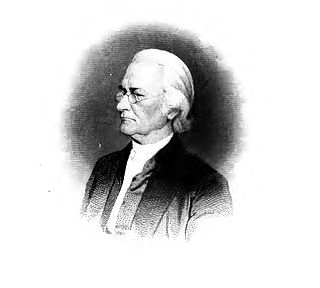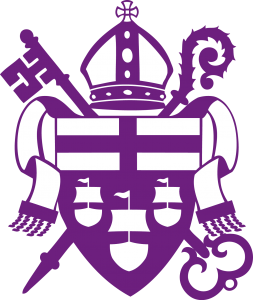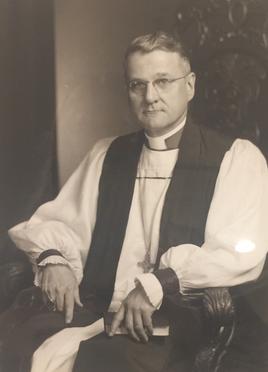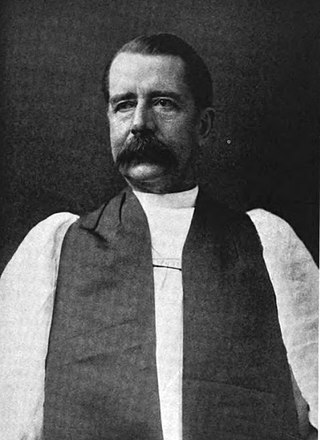The Bishop William H. Marmion Papers
The Marmion Papers [4] are isolated into four segments. The first of the series, Personal Papers, is contained an assortment of materials about the individual existence of Marmion. Remembered for this arrangement are photos of the Bishop, historical data, and news sections. Of note are various envelopes on social issues and occasions; models incorporate religion-related exhibitions, for example, Jesus Christ Superstar and Joseph and the Technicolor Dreamcoat. This arrangement likewise remembers pamphlets and maps for the sundry areas Marmion visited because of his movement to church-related occasions.
The subsequent arrangement subtleties Marmion's Early Career from 1932 until 1950. During this time Marmion filled in as a minister and minister in a few temples in Alabama and Texas: as Priest in Charge at St. James Church in Taylor and Grace Church in Georgetown from 1932 to 1935, as Associate Minister of St. Imprint's Church in San Antonio from 1935 to 1938, and as Rector of St. Mary's on the Highlands from 1938 to 1950. Most of the material right now on issues identified with the Marmion's work with the congregation, incorporating his work with youth. A littler third arrangement covers the Bishop's residency as Rector of St. Andrew's, Wilmington, Delaware, from 1950 through May 1954, and a considerable lot of the archives right now with the undertakings of St. Andrew's Church.
The greater part of the Marmion Papers dwells in arrangement four, Bishop of Southwestern Virginia, 1954–1979. The arrangement is partitioned into four sub-arrangement: managerial, social liberties, universal issues, and the Vietnam War. The primary sub-arrangement, Administrative documents, contains general authoritative records identifying with the Diocese of Southwestern Virginia and Marmion's obligations in the Episcopal Church. Data incorporates a wide scope of subjects, including the board of trustees reports, diocesan reports, ventures and projects embraced by both the congregation and ward, and correspondence identified with the everyday activities of the see.
The substance of the second sub-arrangement, Civil Rights, incorporate handouts, correspondence, magazine articles, and paper articles which Marmion either gathered or created on the social equality development, for the most part from the 1950s and 1960s. Remembered for this arrangement are archives identifying with the debate over the biracial meetings at Hemlock Haven, a retreat close to Marion, Virginia obtained by the bishopric in 1957. While Marmion kept up the view that the adolescent gatherings ought to be available to individuals from the two races, many lay individuals from the see restricted blended race meetings for youngsters, and simply following five years of discussion did the office open to camps went to mutually by whites and African-Americans. The Bishop's yearly documents on race relations from 1954 to 1965 additionally offer a firsthand understanding of the social equality development in the United States.
The third sub-arrangement, International Affairs, incorporates correspondence and related reports specifying the Bishop's exercises in abroad issues. Countless the organizers detail partner bishopric associations with holy places in Great Britain and Ecuador, and under the umbrella of this contact, Marmion made visits to the two nations. Likewise remembered for this sub-arrangement are reports that layout Marmion's restriction to politically sanctioned racial segregation in South Africa. Accepting monetary authorizations was vital to compelling the South African government to end the racial segregation of the politically sanctioned racial segregation framework, in 1969 the Bishop led an advisory group to keep the Episcopal Church from utilizing banks which upheld that nation's administration. Marmion's contention was enticing, and the congregation made a deal to avoid using banking firms who financed South Africa.
The fourth and littlest sub-arrangement, Vietnam War, incorporates handouts, correspondence, magazine articles, and news cut-outs on the war in Vietnam somewhere in the range of 1964 and 1975. The Bishop supported closure the contention in Southeast Asia, and his cooperation in an open enemy of war showing in Roanoke got under the skin of a portion of his parishioners. Called both socialist and un-energetic, Marmion by the by tried to impact the United States government to look for a conclusion to military inclusion in Vietnam.











